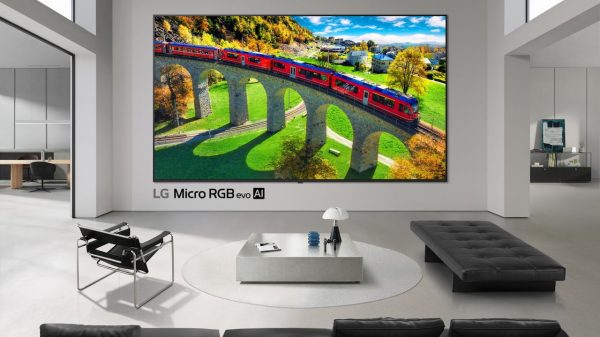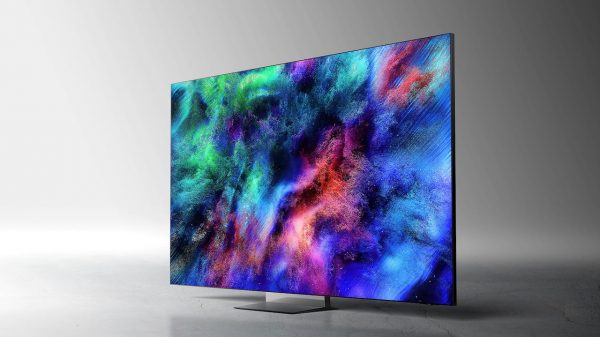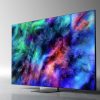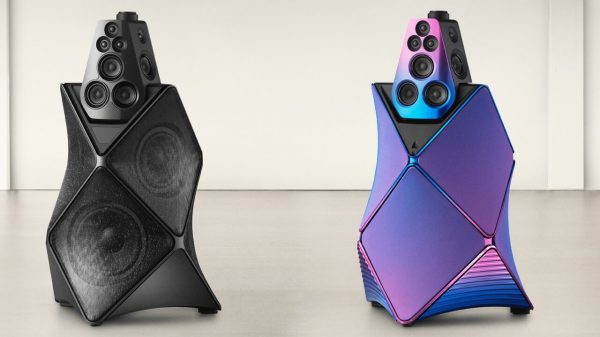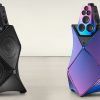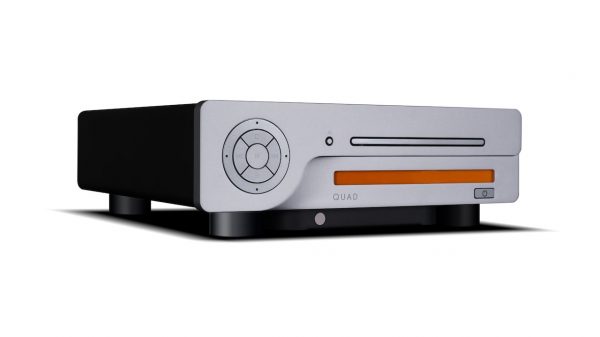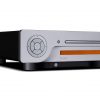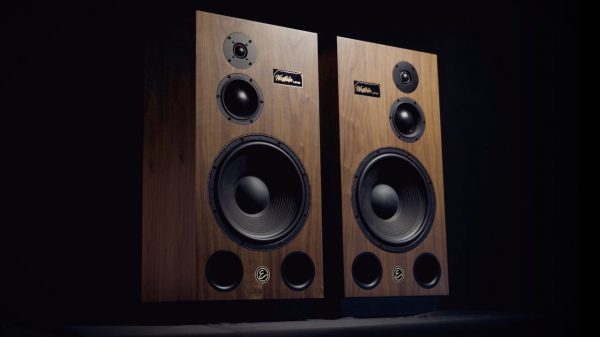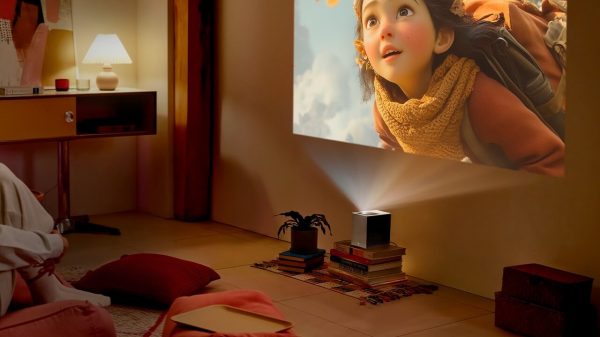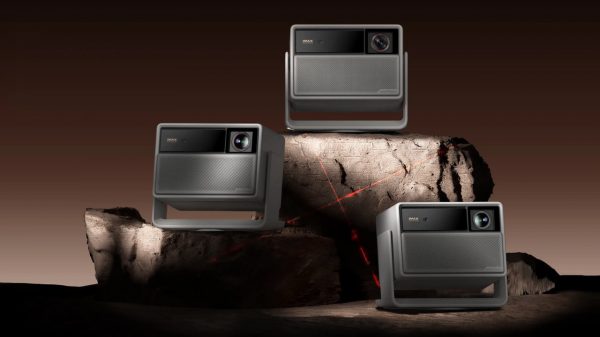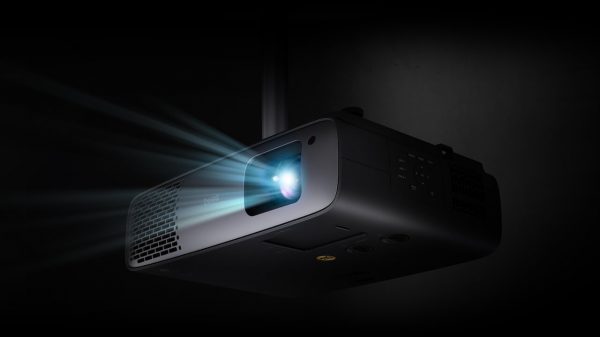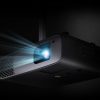The demand for portable projectors that are easy to set up and use keeps increasing, especially for gaming, but up to this point the quality that they deliver has been mixed at best. With that in mind, Texas Instruments (TI) is coming to the rescue with a new DLP controller that will enable the smallest, fastest, and lowest power 4K UHD projectors available so far.
How DLP Projectors Work
DLP projectors incorporate a light source in combination with a color wheel and chip (DMD – Digital Micromirror Device) that contains microscopic tilting mirrors, supported by a DMD controller. The light passes through the color wheel, reflects off the mirrors, and images are projected onto a screen.

The DMD Controller
A DMD controller takes incoming video frame data and converts it to DMD micromirror control signals in sequence with color sequential illumination to create the image.
The new DLPC8445 DLP® controller is 90% smaller than the previous generation as shown below in a side-by-side image. This enables a compact design for consumer applications such as lifestyle projectors, gaming projectors, and augmented reality glasses.

Designers can replicate the experience of immersive, high-end gaming monitors in a fraction of the size with submillisecond display latency and frame rates up to 240Hz.
Measuring just 9mm by 9mm, or the width of a pencil eraser, TI’s DLPC8445 display controller is the smallest of its kind while enabling a diagonal display of 100 inches or more in vivid image quality with ultra-low latency.
When combined with TI’s compatible digital micro-mirror device (DMD), the DLP472TP, and power-management integrated circuit (PMIC) driver, the DLPA3085, the new controller enables DLP projector makers to approximate the experience of high-end televisions and gaming monitors using compact form factor. This includes submillisecond display latency and reducing lag time for gamers.
Integration of variable refresh rate (VRR) support, a first for a DLP chipset, also enables better displays for gamers by allowing projector makers to easily sync frame rates and eliminate lagging, image tearing, and stuttering.
Advanced image-correction capabilities dynamically adjust for surface imperfections, making it possible for consumers to conveniently take their gaming and viewing experience anywhere. It is also the first DLP controller designed for laser-illuminated battery-powered projectors.
How 4K Pixel Shifting Works
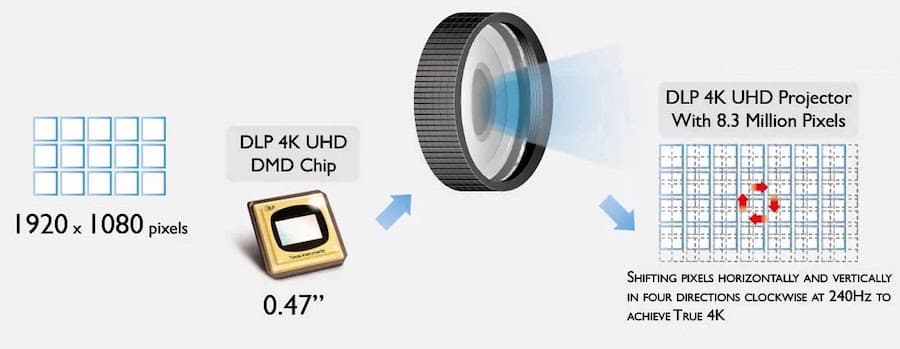
The DLP472TP is a .47-inch 1080p resolution DLP imaging chip (aka DMD – Digital Micromirror Device). The chip contains 2.1 million pixels (very tiny mirrors). However, to display 4K UHD, 8.3 million pixels are required. As a result, the pixels on the 1080p chip are shifted both vertically and horizontally at 240Hz (240 times per second). This is so fast that it’s classified as a 4K image once displayed on the screen.
Tech Note: WTF is Video Resolution?
From Jeff Marsh, vice president and general manager of DLP Products at TI: “Immersive display entertainment is now sought out by everyday consumers, not just movie enthusiasts and gamers…Where consumers once needed a big TV or monitor for a crisp and clear display, they can now use a lifestyle or gaming projector and transform a wall into the screen size of their choosing with 4K UHD quality. Our new controller is the latest example of how TI DLP technology is helping engineers develop epic displays for entertainment that can be taken anywhere.”
For more technical details refer to TI’s article, “Big-screen gaming anywhere: designing portable 4K UHD gaming projectors up to 240Hz.”
TI New Generation Chip Roadmap
The DLPC8445 controller is the first of a new generation of DLP chip products coming from TI. Future chipsets using the new controller technology will feature DMDs of different sizes and resolutions to address new trends in display applications, including augmented reality glasses.
Preproduction quantities of the new DLPC8445 controller, DLP472TP DMD, and DLPA3085 PMIC are available for purchase by projector makers on TI.com for $60 each in 1,000-unit quantities.
Depending on how fast DLP projector makers act consumers may have access to projectors using this new generation of chipsets sometime in 2025.
Related Reading



